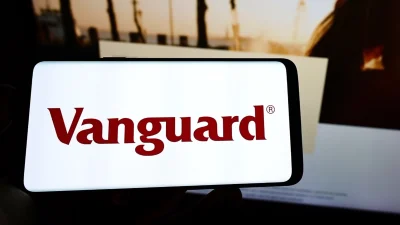Calls for standardisation in hedge fund portfolio pricing
New research has called on the hedge fund industry to produce defined and consistent pricing and valuation standards that can be embraced by the industry and regulators.
The research paper titled, ‘Hedge Fund Portfolio Best Practices’, which was jointly released by Paladyne Systems, Thomson Reuters and NumeriX, said the industry lacked consistently applied pricing standards and methodologies needed to improve transparency of hedge fund pricing and valuation.
Paladyne Systems CEO Sameer Shalaby said with no standard pricing methodologies, two different hedge funds could price the exact same portfolio differently, with both being considered correct and fair.
“The challenge for hedge funds and the industry at large is to establish standard pricing methodologies across all asset classes, first generation pricing policies and robust infrastructure and operational processes.”
NumeriX COO and president Steven O’Hanlon said the industry was at a juncture where regulation was anticipated, and called on the industry to take the first step toward resolving the problem.
According to O’Hanlon, the industry must “take on the task of defining consistent pricing policies and methodologies that would have universal application and, in effect become law”.
“These standards should be led by the industry and come as a result to regulation.”
Recommended for you
Natixis Investment Managers has hired a distribution director to specifically focus on the firm’s work with research firms and consultants.
The use of total portfolio approaches by asset allocators is putting pressure on fund managers with outperformance being “no longer sufficient” when it comes to fund development.
With evergreen funds being used by financial advisers for their liquidity benefits, Harbourvest is forecasting they are set to grow by around 20 per cent a year to surpass US$1 trillion by 2029.
Total monthly ETF inflows declined by 28 per cent from highs in November with Vanguard’s $21bn Australian Shares ETF faring worst in outflows.










